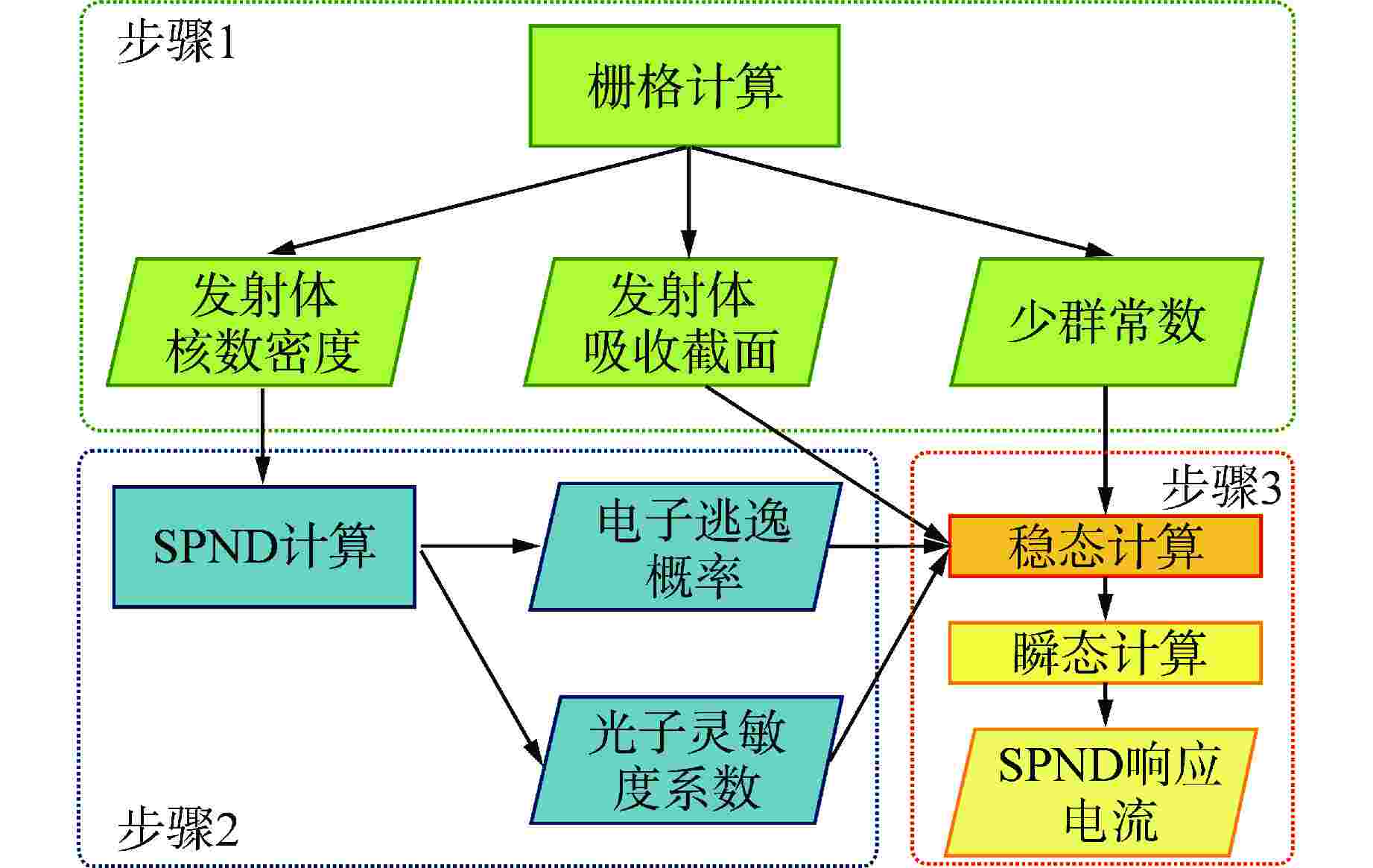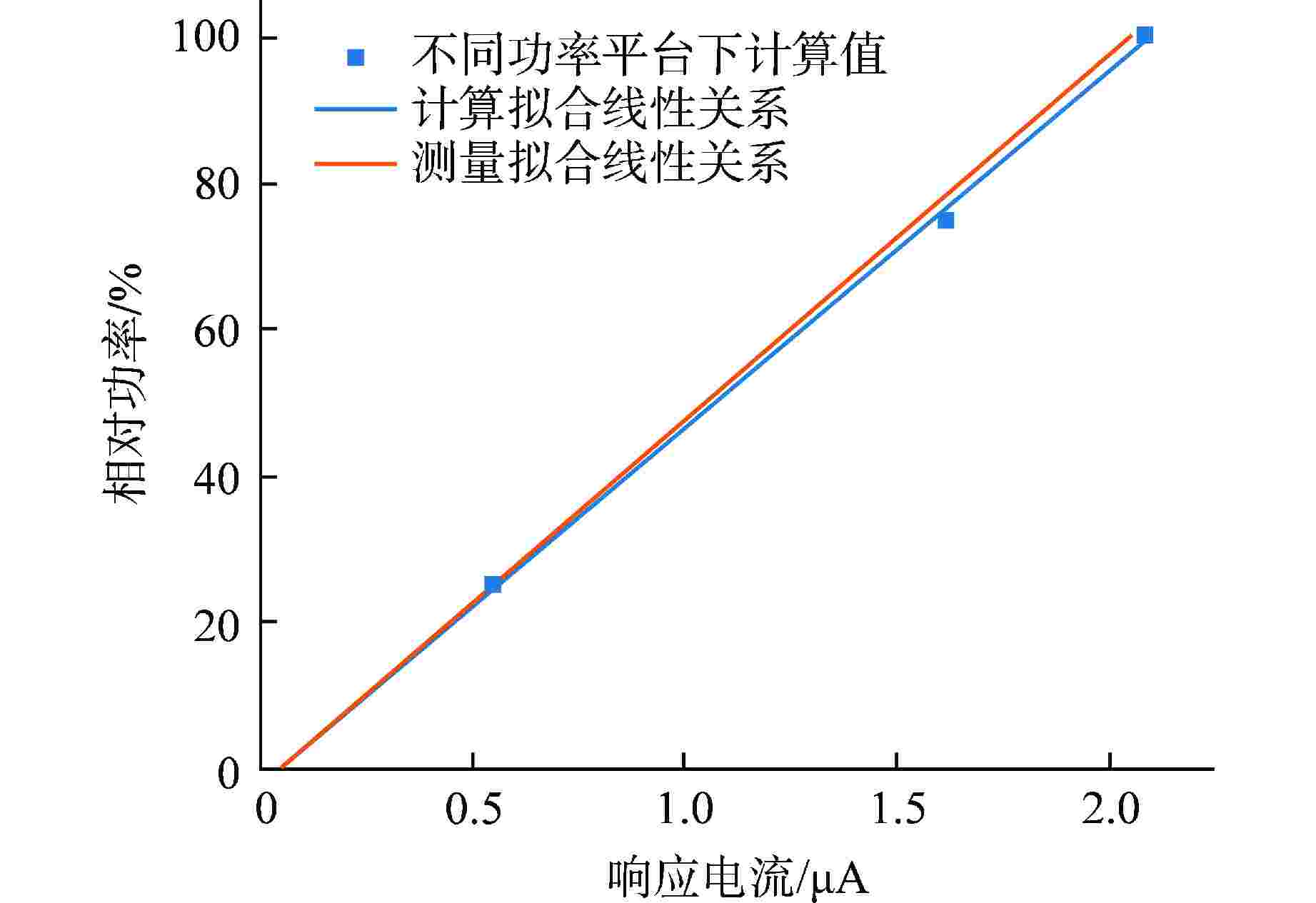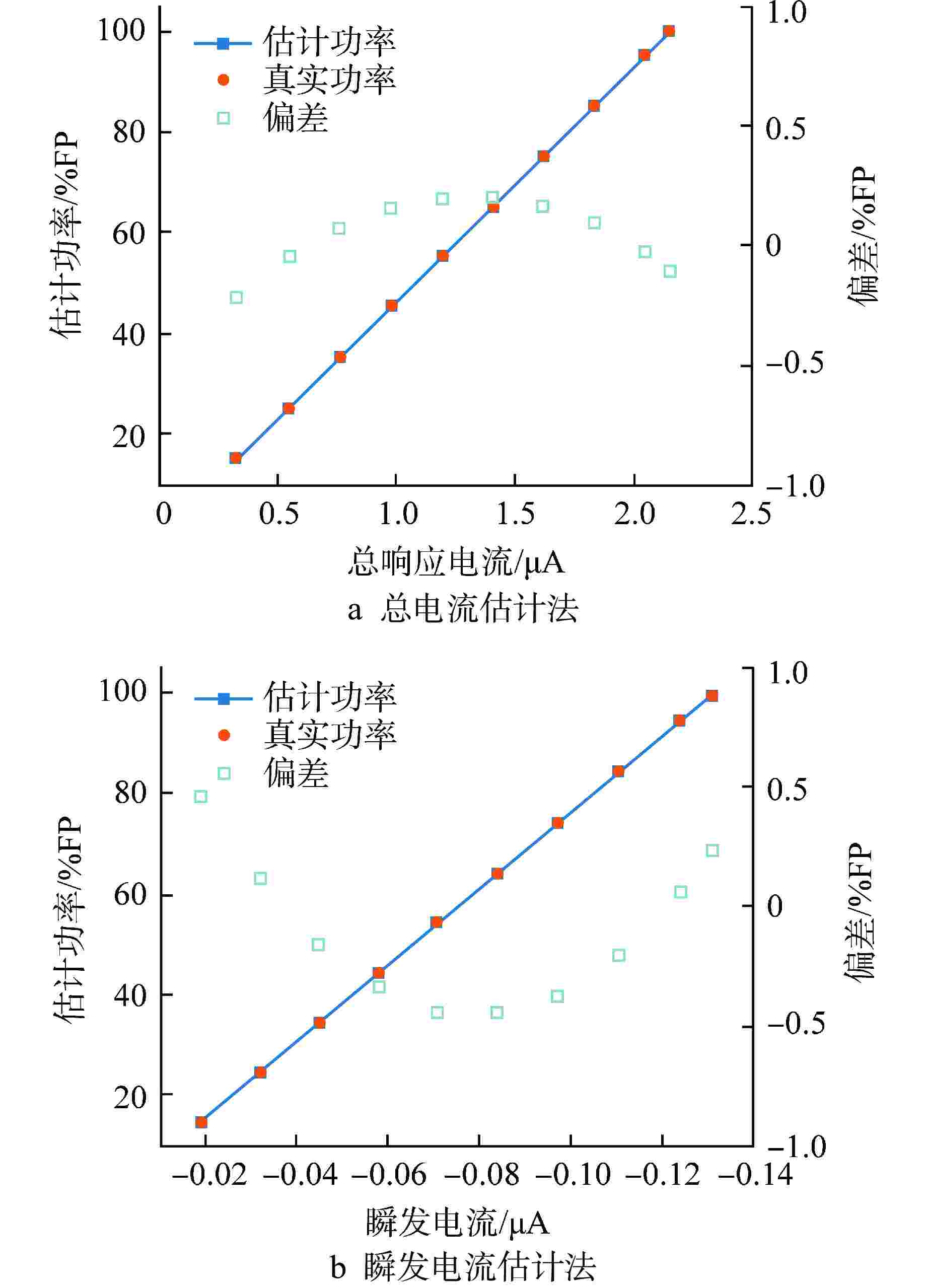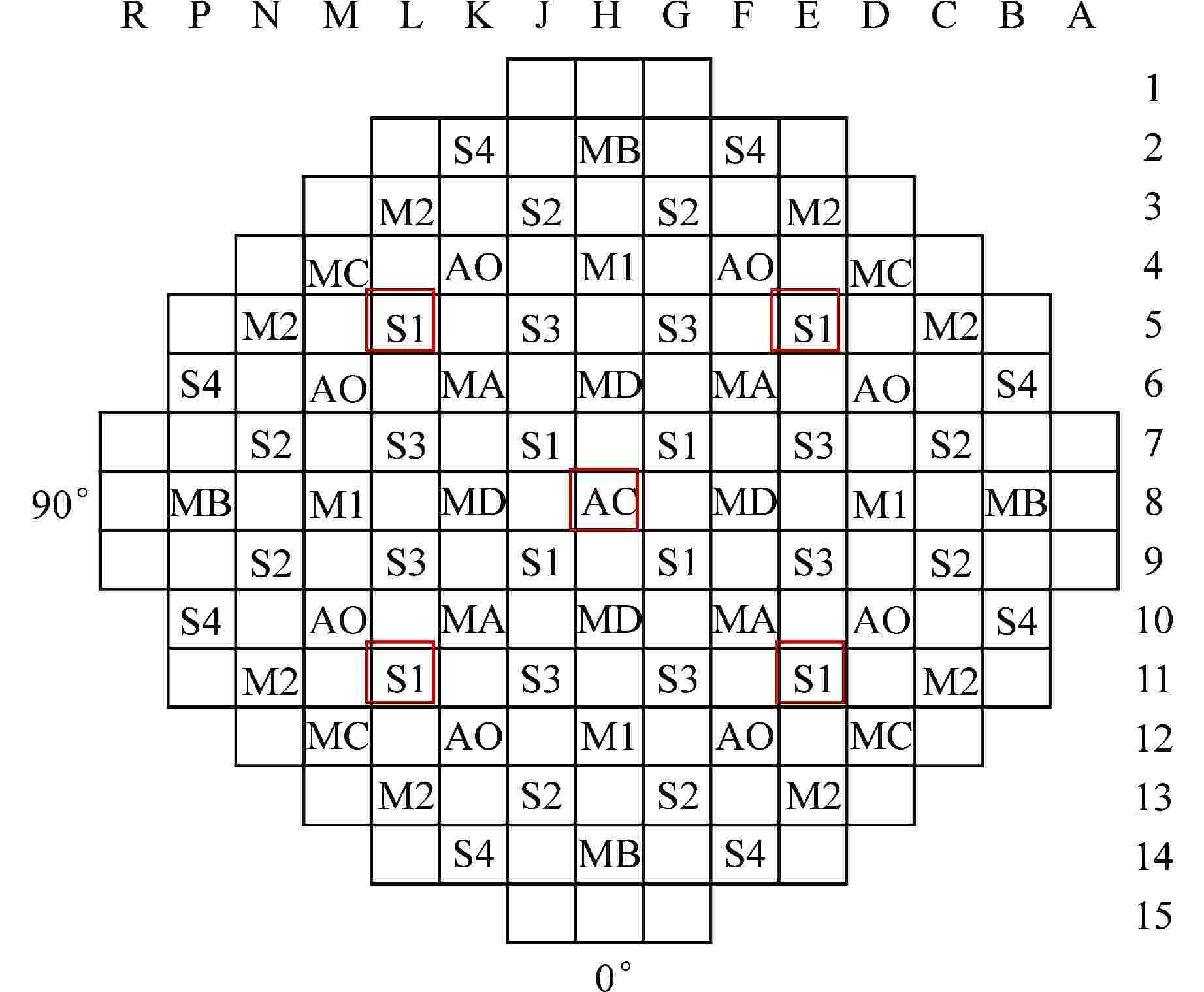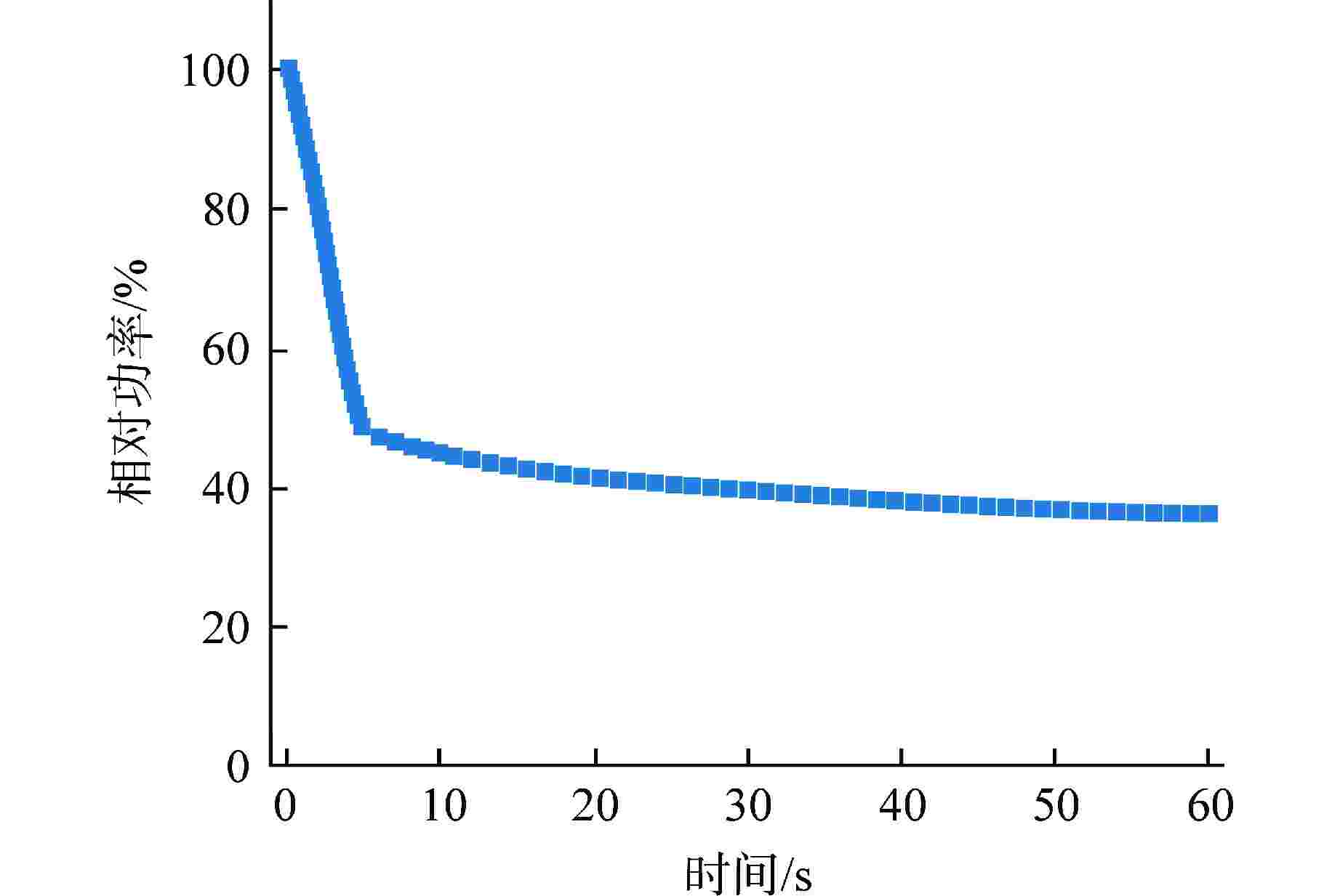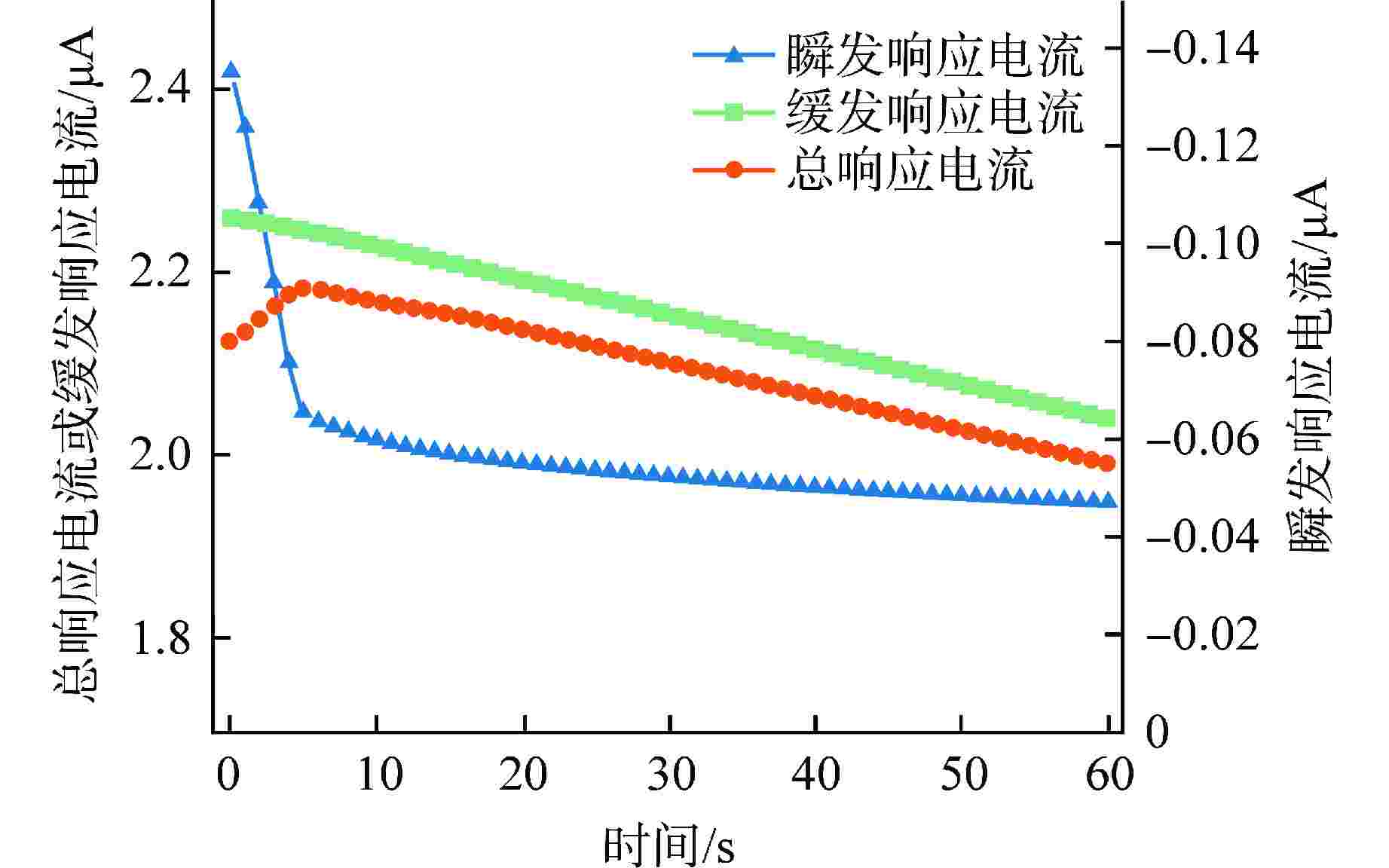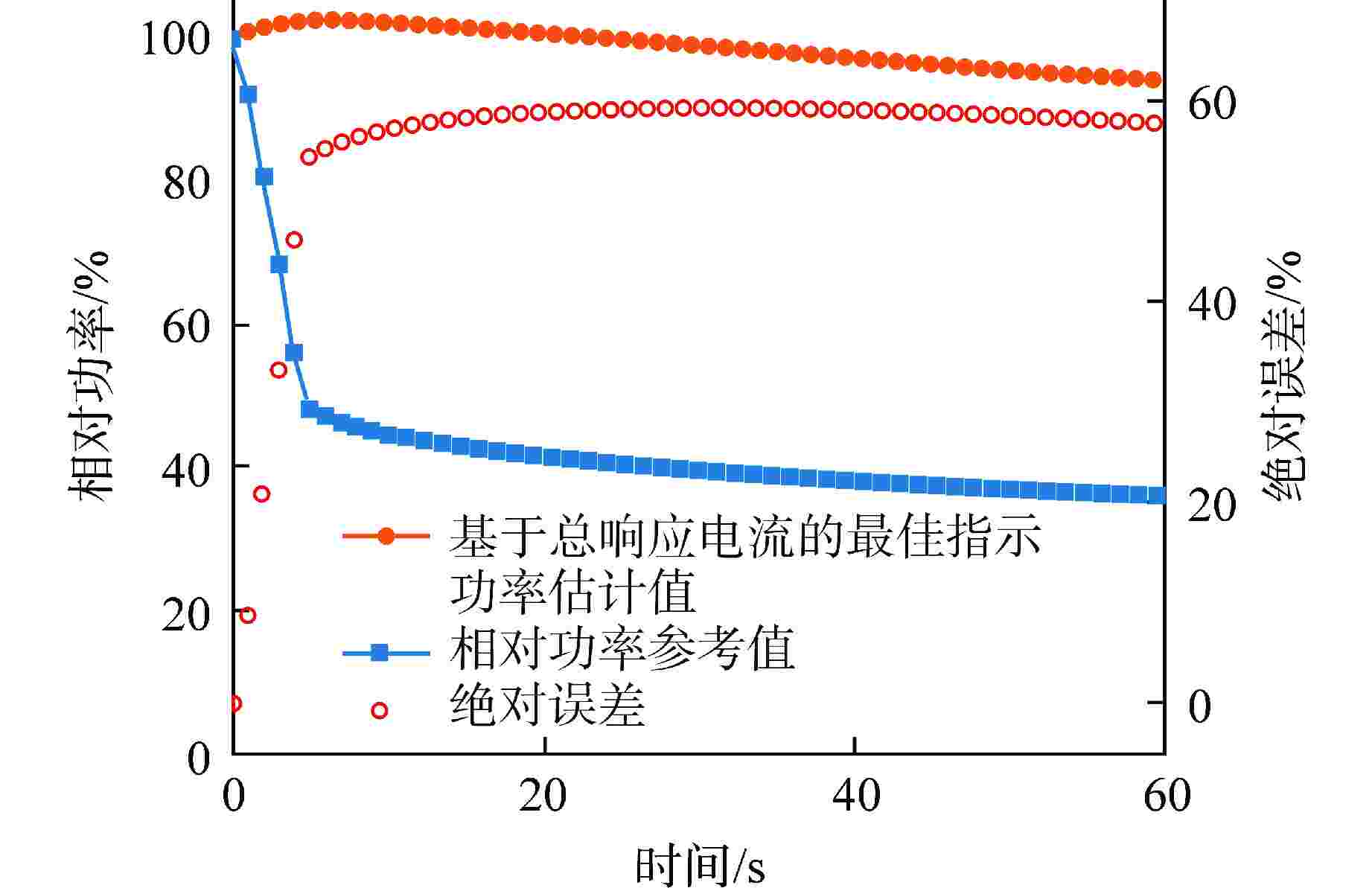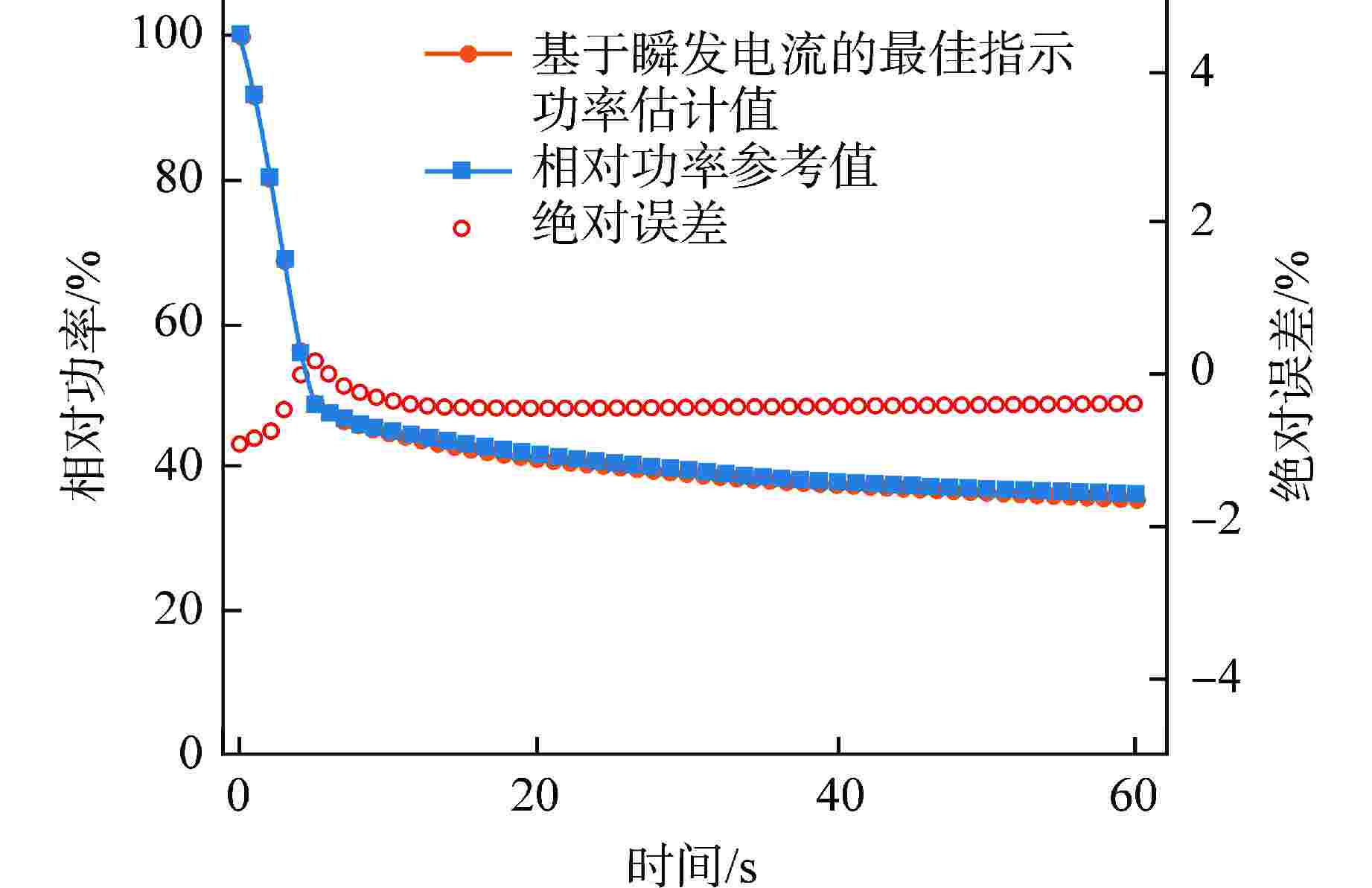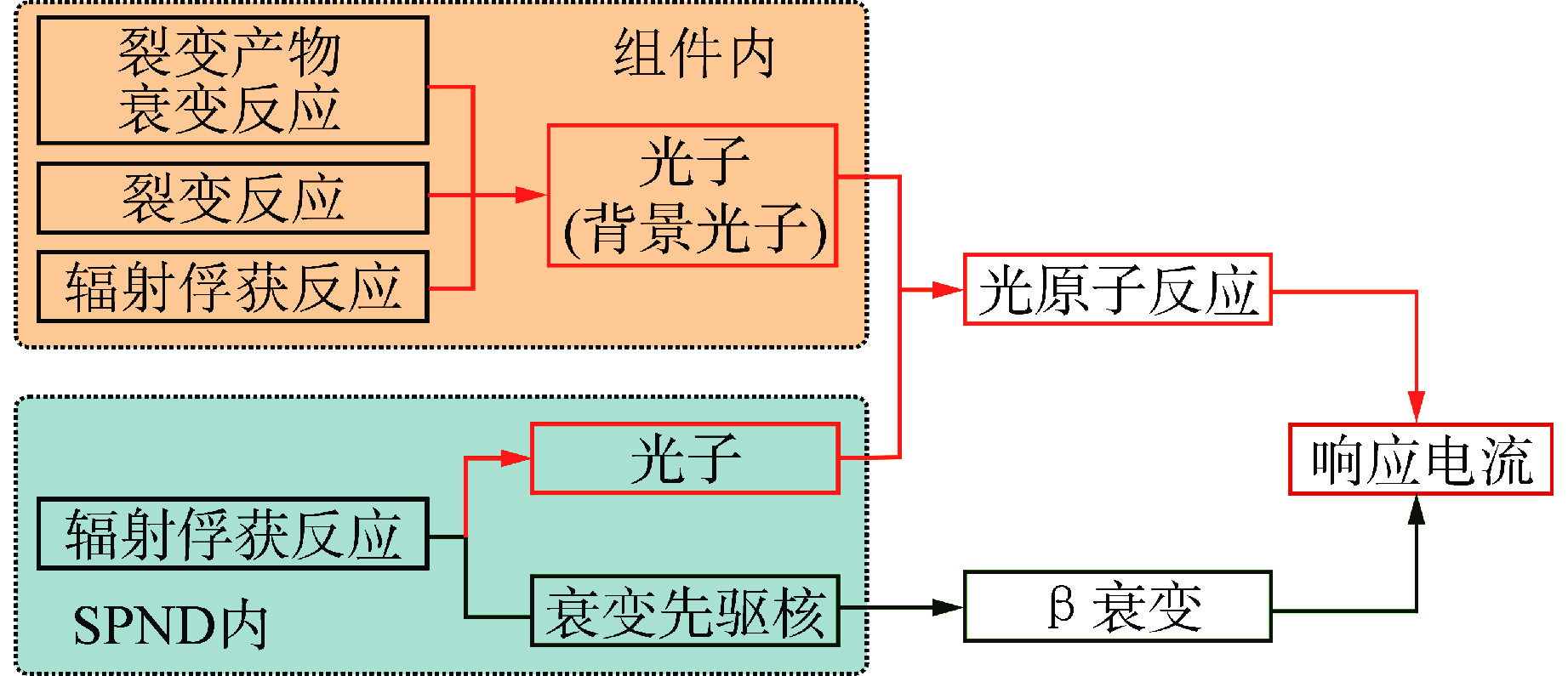Best Estimate Power Method Based on Vanadium SPND Prompt Response Currents
-
摘要: 三代压水堆堆芯运行中根据自给能中子探测器(SPND)响应电流快速获得总功率,称之为最佳指示功率估计。现有技术基于钒SPND的总电流与总功率间的线性关系假设(称之为总电流估计法),因无法区分不同电流组分的时间响应,而无法适用于瞬态运行过程。为了提升对运行过程的监测能力,基于压水堆堆芯分析软件NECP-Bamboo中的SPND响应电流计算功能,提出了基于钒SPND瞬发电流的最佳指示功率估计方法(称之为瞬发电流估计法),同时用于瞬态和稳态运行过程,并与已有方法进行了定量对比分析。数值结果表明:①在稳态运行过程中,总电流估计法和瞬发电流估计法给出的最佳指示功率偏差均小于1%额定功率;②在堆芯快速降功率(RPR)棒组落棒的瞬态过程中,总电流估计法的偏差大于50%,而瞬发电流估计法的偏差小于1%。
-
关键词:
- 自给能中子探测器(SPND) /
- 瞬发电流 /
- NECP-Bamboo /
- 堆芯最佳功率估计
Abstract: During operation of the third-generation pressurized water reactor (PWR), the total power can be rapidly estimated based on the response current of the Self-Powered Neutron Detector (SPND). It can be referred to as the best estimate power method. Existing techniques rely on the assumption of a linear relationship between the total SPND current of Vanadium SPND and the total power (referred to as the total current estimation method), which cannot differentiate the time response of different current components. Thus, it is not suitable for transient operating conditions. To enhance the monitoring capability during operation, a novel estimation method based on the prompt current of Vanadium SPND is proposed, utilizing the SPND response current calculation feature in the NECP-Bamboo PWR core analysis software. This method can be applicable for both steady and transient operating process. The method is quantitatively compared with existing methods. Numerical results demonstrate that: 1) the deviations of the total current estimation method and the prompt current estimation method are both less than 1% of rated full power during the steady operation; 2) the deviation of the total current estimation method exceeds 50%, while the deviation of the prompt current estimation method is less than 1% during the Rapid Power Reduction (RPR) bank insertion process. -
图 5 RPR棒组选择[18]
AP1000堆芯共有69组控制棒组,包含6组M棒组(M1、M2、MA、MB、MC、MD)、4组停堆棒组(S1~S4)和1组AO棒
Figure 5. Selected RPR Banks
-
[1] WARREN H D. Calculational model for self-powered neutron detector[J]. Nuclear Science and Engineering, 1972, 48(3): 331-342. doi: 10.13182/NSE72-A22491 [2] 刘文臻,李树成,胡铸萱,等. 自给能探测器介绍及其β粒子逃脱率计算方法研究[J]. 核电子学与探测技术,2015, 35(1): 5-7. [3] 黄有骏,李文平,杨戴博,等. 华龙一号堆芯中子注量率测量系统自给能中子探测器关键参数研究[J]. 核动力工程,2020, 41(S2): 45-49. [4] KURCHENKOV A Y, KOVEL’ A I, KHVATOV V A, et al. Allowance for the burnup of a rhodium self-powered neutron detector in a VVER-1000 reactor[J]. Physics of Atomic Nuclei, 2013, 76(13): 1586-1594. doi: 10.1134/S1063778813130073 [5] BOYD W A, MILLER R W. The BEACON on-line core monitoring system: functional upgrades and applications[R/OL]. France: OECD-NEA, 1996. http://www.oecd-nea.org/science/rsd/ic96/2-6.pdf. [6] SHEN W, SCHWANKE P. Evolution of RFSP 3.5 for CANDU analysis[C]//The 33rd Canadian Nuclear Society (CNS) Annual Conference. Saskatoon: CNS, 2012. [7] LEE K, KIM C H. The least-squares method for three-dimensional core power distribution monitoring in pressurized water reactors[J]. Nuclear Science and Engineering, 2003, 143(3): 268-280. doi: 10.13182/NSE03-A2335 [8] LI W H, LU H L, LI J, et al. Development of a new flux map processing code for moveable detector system in PWR[C]//Proceedings of the 2013 International Conference on Mathematics and Computational Methods Applied to Nuclear Science and Engineering. Sun Valley: American Nuclear Society, 2013: 754-761. [9] LI Y Z, ZHANG B, HE Q M, et al. Development and verification of PWR-core fuel management calculation code system NECP-Bamboo: Part I Bamboo-Lattice[J]. Nuclear Engineering and Design, 2018, 335: 432-440. doi: 10.1016/j.nucengdes.2018.05.030 [10] YANG W, WU H C, LI Y Z, et al. Development and verification of PWR-core fuel management calculation code system NECP-bamboo: Part II bamboo-core[J]. Nuclear Engineering and Design, 2018, 337: 279-290. doi: 10.1016/j.nucengdes.2018.07.017 [11] LI Y Z, HE T, LIANG B N, et al. Development and verification of PWR-core nuclear design code system NECP-Bamboo: Part III: bamboo-transient[J]. Nuclear Engineering and Design, 2020, 359: 110462. doi: 10.1016/j.nucengdes.2019.110462 [12] ZHOU Y C, LI Y Z, SHAO R Z, et al. Automatic modeling of PWR-core in the two-step reactor-core physics analysis code NECP-Bamboo[J]. Nuclear Engineering and Design, 2023, 414: 112546. doi: 10.1016/j.nucengdes.2023.112546 [13] 杨森涵,李云召,邵睿智,等. 基于NECP-Bamboo程序的商用压水堆乏燃料组件核素成分分析[J]. 原子能科学技术,2023, 57(3): 545-554. doi: 10.7538/yzk.2022.youxian.0333 [14] YANG J W, WU H C, GUO L, et al. Validation of NECP-Bamboo with BEAVRS and AP1000 measurements[J]. Nuclear Engineering and Design, 2021, 376: 111110. doi: 10.1016/j.nucengdes.2021.111110 [15] SHAO R Z, CAO L Z, LI Y Z, et al. Simulation and analysis of the space charge effect in a self-powered neutron detector[J]. IEEE Transactions on Nuclear Science, 2023, 70(8): 2097-2105. doi: 10.1109/TNS.2023.3294693 [16] SHAO R Z, CAO L Z, LI Y Z, et al. Numerical simulation of delayed-SPND response current in NECP-Bamboo[J]. Annals of Nuclear Energy, 2022, 179: 109438. doi: 10.1016/j.anucene.2022.109438 [17] 邵睿智. 自给能中子探测器响应电流高精度计算方法及其在先进压水堆中的应用研究[D]. 西安: 西安交通大学,2023. [18] 李雪松,杜超. AP1000核电厂甩负荷工况下快速降功率系统棒组选择研究[J]. 核动力工程,2019, 40(S2): 177-180. -





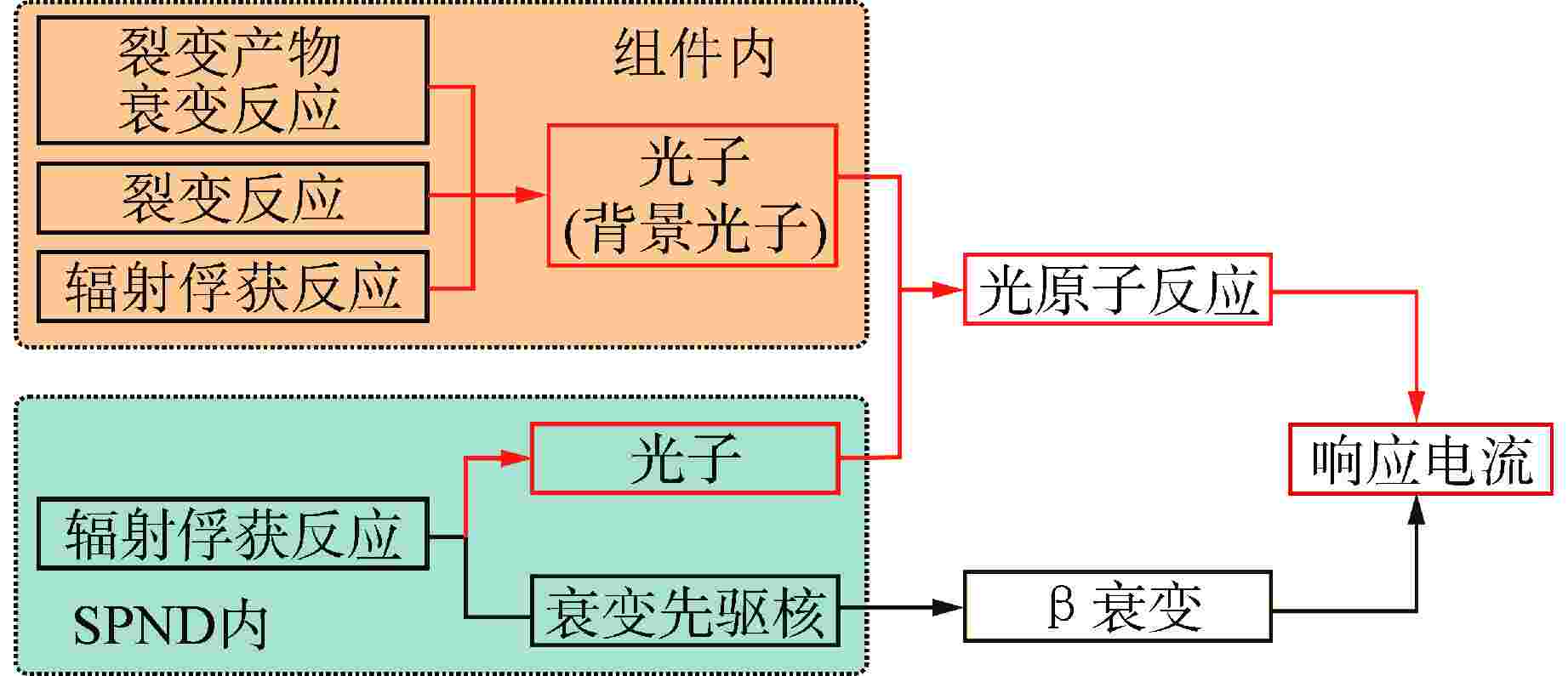
 下载:
下载:
